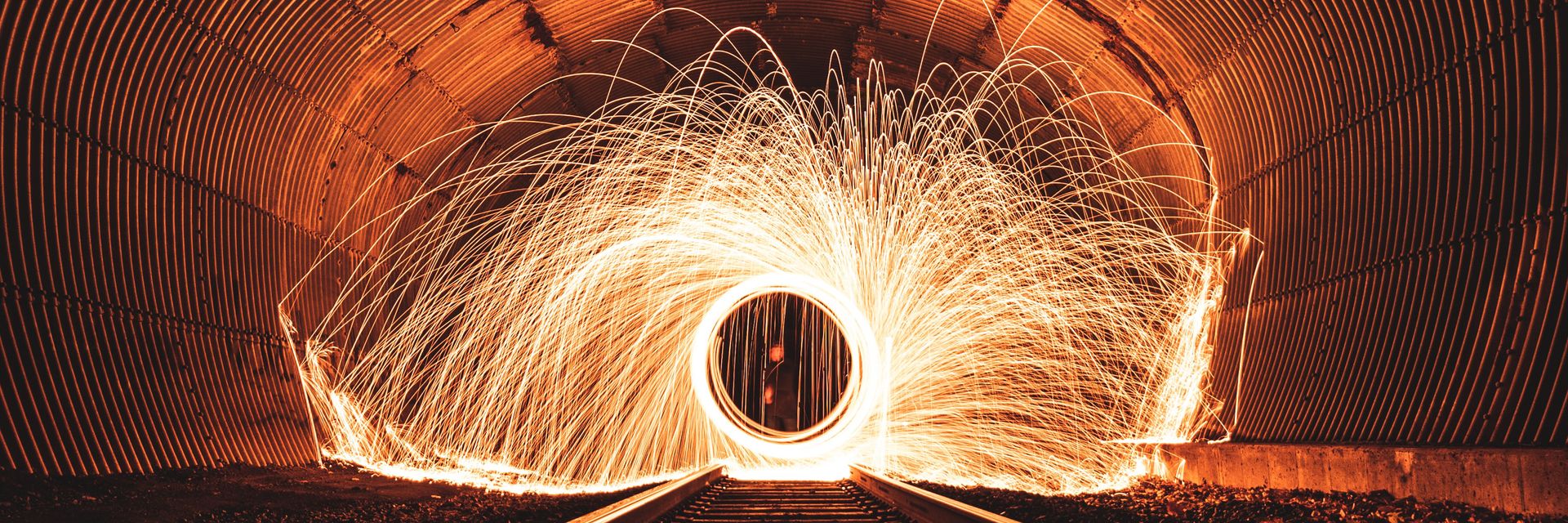Portals – also known as stargates, wormholes, or wells – can take many forms, ranging from mythical mirrors to real bodies of water. For each name that can be used to describe a portal, there are thousands of stories, myths, and scientific experiments that have attempted to explore and explain them (and the parallel worlds they lead to). But what makes us so fascinated with portals in the first place?
◊
I vividly remember visiting Stonehenge as a child. It was a frigid winter day, but as we took the bus through that barren English countryside, something in the air shifted. By the time we arrived at the ancient structure, I understood why the area has inspired so many conspiracy theories and supernatural ideas. The mysterious landscape and Stonehenge itself resembled the kind of thing I’d often read about in fantasy novels, a place that could be hiding a portal to another world.
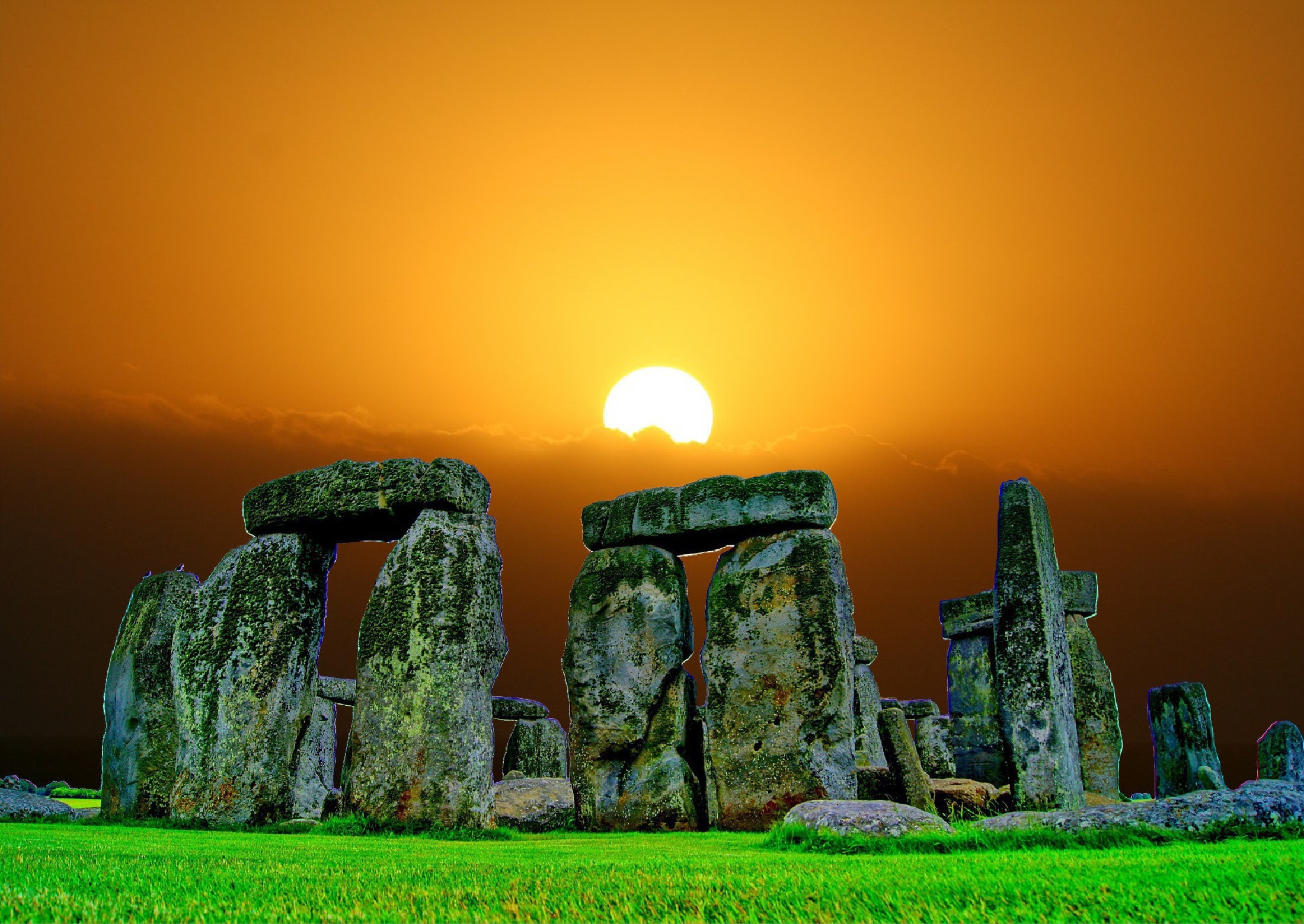
Source: Image by Karin Henseler, via Pixabay
I’ve always been intrigued by places where fiction meets fact. Stonehenge is one of those places – a creation that many believe may be a time machine, a healing device, or even a gateway to an alien universe.
If this sounds like the stuff of science fiction and fantasy, that’s because it is. Portals figure prominently in fantasy novels, ancient mythology, and scientific research, and As someone who’s still waiting for my Hogwarts letter, it’s thrilling to think that stories and myths might have viable roots in reality. So in the spirit of Stonehenge, let’s jump through a portal of our own and trace the intersections between portals in fact, fiction, and imagination.
Portals in Fiction: Alice in Wonderland to Harry Potter
Since the beginning of the written word, countless stories have begun by ripping holes in the fabric of reality and pulling their protagonists (and us) through. Portals date back to the oldest written text we have on record – the 4,000-year-old Sumerian tale Epic of Gilgamesh, in which the title hero travels through a mountain portal to the land of the gods.
Personally, I was raised on the genre known as “portal fantasy,” which arguably began with Alice’s Adventures in Wonderland and its seminal rabbit hole. I gladly leapt through C.S. Lewis’s wardrobe and explored Phillip Pullman’s Aurora Borealis-based parallel universe in The Subtle Knife. And of course, my generation’s beloved Harry Potter series brims with portals, beginning with Platform 9 and ¾ at King’s Cross Station.
To learn more about the worlds on the other side of portals, check out MagellanTV’s documentary Parallel Worlds.
Portals are popular onscreen, too. In the film Being John Malkovich, doorways can lead to tunnels that allow people to enter others’ consciousnesses. In the film Field of Dreams, an Iowa man discovers a portal in the baseball diamond he builds in a cornfield. The famous franchise Stargate popularized the concept of a ring-shaped portal that enables instantaneous travel. (Maybe books and TV are portals of their own, but that’s a discussion for another time).
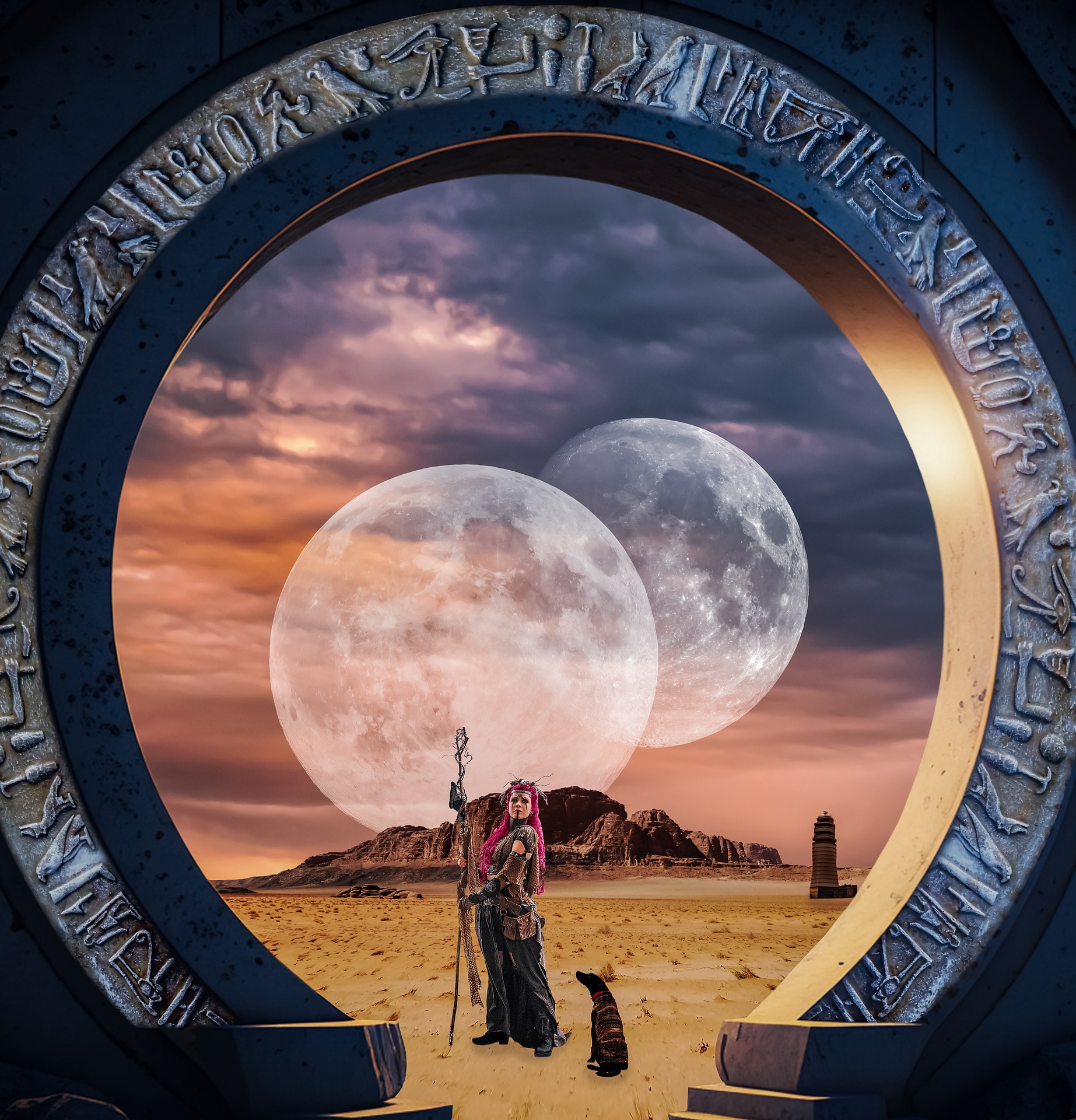
Source: Image by Mollyroselee from Pixabay
Sometimes fictional accounts of portals generate real conspiracy theories. In 2002, Joseph Matheny published a book called Ong’s Hat: The Beginning, which told the story of an abandoned town in New Jersey’s mysterious Pine Barrens region. According to the tale, in the 1970s a pair of scientists established a lab and managed to open a portal in the woods using a sensory deprivation device called “The Egg,” which could distill consciousness to the quantum level and which enabled travel to other dimensions. The experiment was put to the end by the government, and perhaps because of this, many conspiracy theorists insist that it’s all true. Ong’s Hat is definitely not the only place on Earth, though, that is believed to hide a real portal.
Portals on Earth? Stonehenge and Stargates
Standing before Stonehenge, I could see why so many people believe that it may be a portal. The structure is positioned at the convergence of 14 Ley lines, or hypothetical, invisible energy lines that some people believe criss-cross the Earth. Perhaps that’s what gave the location its strange energy.
Another supposed portal is the Ranmasu Uyana Stargate, located in Sri Lanka. Found among rock boulders and ancient bathing pools of the region is a strange map-like chart, which some believe is a secret code that can be used to communicate with other worlds.
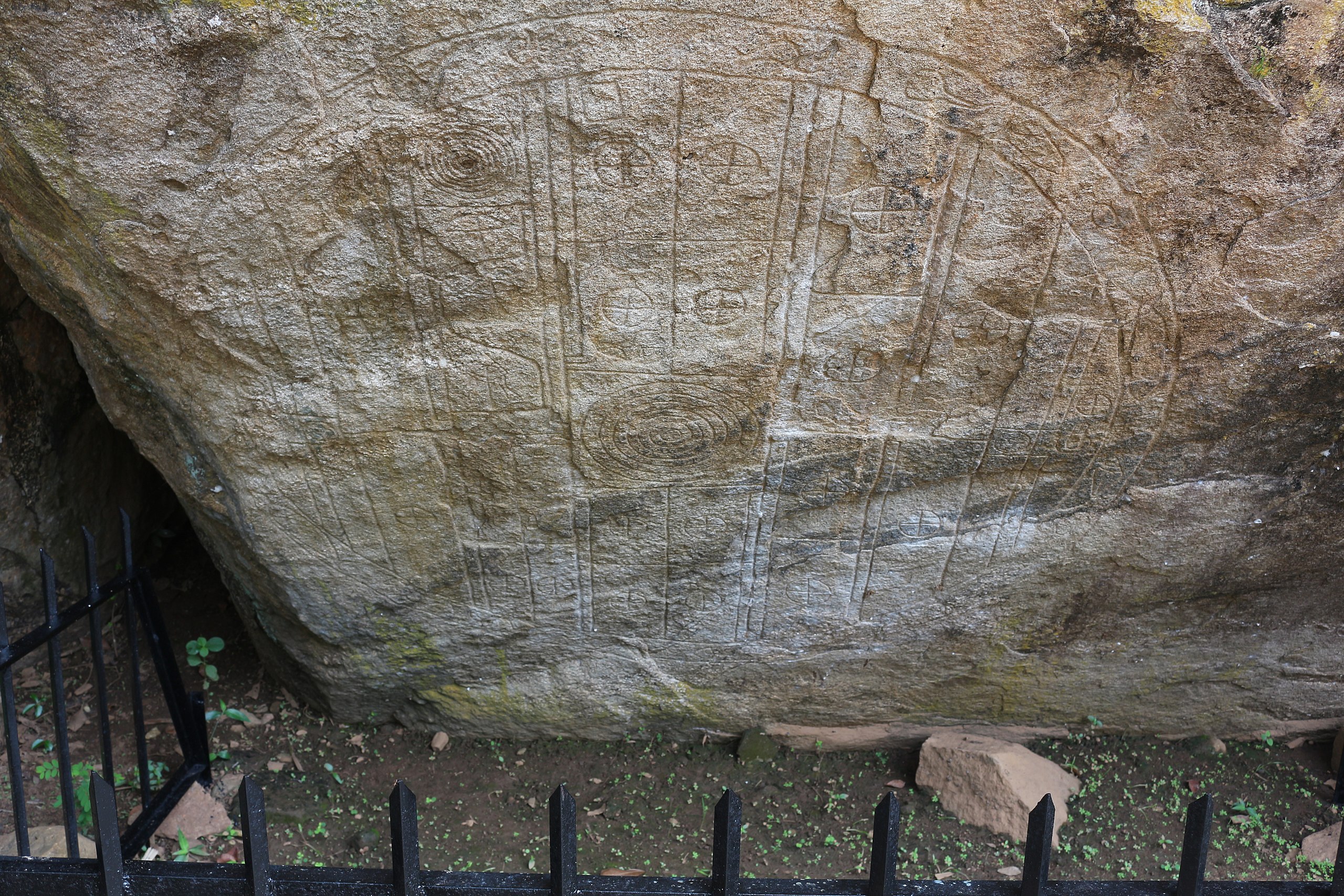
The Sakwala Chakraya, also known as Stargate, in Ranmasu Uyana, Sri Lanka. Image by Kadkdesilva, via Wikimedia Creative Commons.
In Egypt, the pyramid Abu Ghurab contains an ancient alabaster platform, which some believe is a stargate that can be used to communicate with gods. Peru’s Markawasi stone forest, which is filled with granite boulders of unknown origin that are carved into strange shapes, is supposed to harbor a portal that is accessible through a mysterious cabin.
Occasionally in modern times, earthly portals have presented themselves to people. For example, in 1966 Jose Luis Delgado Mamaini discovered a pair of doors at Hayu Marca, Peru, while exploring the area for a job he had accepted as a tour guide. According to the Inca, this portal was called the “Gate of the Gods” and could transport people to the spiritual plane. Legend also says that it could only be opened through a special ritual and with a key shaped like a golden disc. For his part, Mamaini said later that he’d had dreams of the doorway years before discovering it.
“When I saw the structure for the first time, I almost passed out. I have dreamed of such a construction repeatedly over the years… I have commented to my family many times about these dreams, and so when I finally gazed upon the doorway, it was like a revelation from God… How do you make order of such a strange occurrence?” – Jose Luis Delgado Mamaiani
Folklore is riddled with stories of portals to parallel dimensions. For example, in some Central American countries, exquisite Mesoamerican crystal skulls are believed to be portals to other worlds; and mushroom rings and various fungi growths have commonly been thought to be symbolic entrances to other realms, either because of their natural shapes or their psychedelic qualities.
Portals in Science: Wormholes and Magnetic Fields
Even if you’re inclined to write all this off as pseudoscience, hard science tells us that there very well may be real portals – if not on Earth, then in our universe – in the form of wormholes.
In 1916, inspired by Albert Einstein's theory of general relativity, an Austrian physicist named Ludwig Flamm was the first to conceptualize the idea of portals that link our universe to others. Later, in 1935, Einstein and his colleague Nathan Rosen theorized that there might be "bridges" that connect different points in space-time, perhaps by linking up two black holes. These bridges are known today as wormholes.
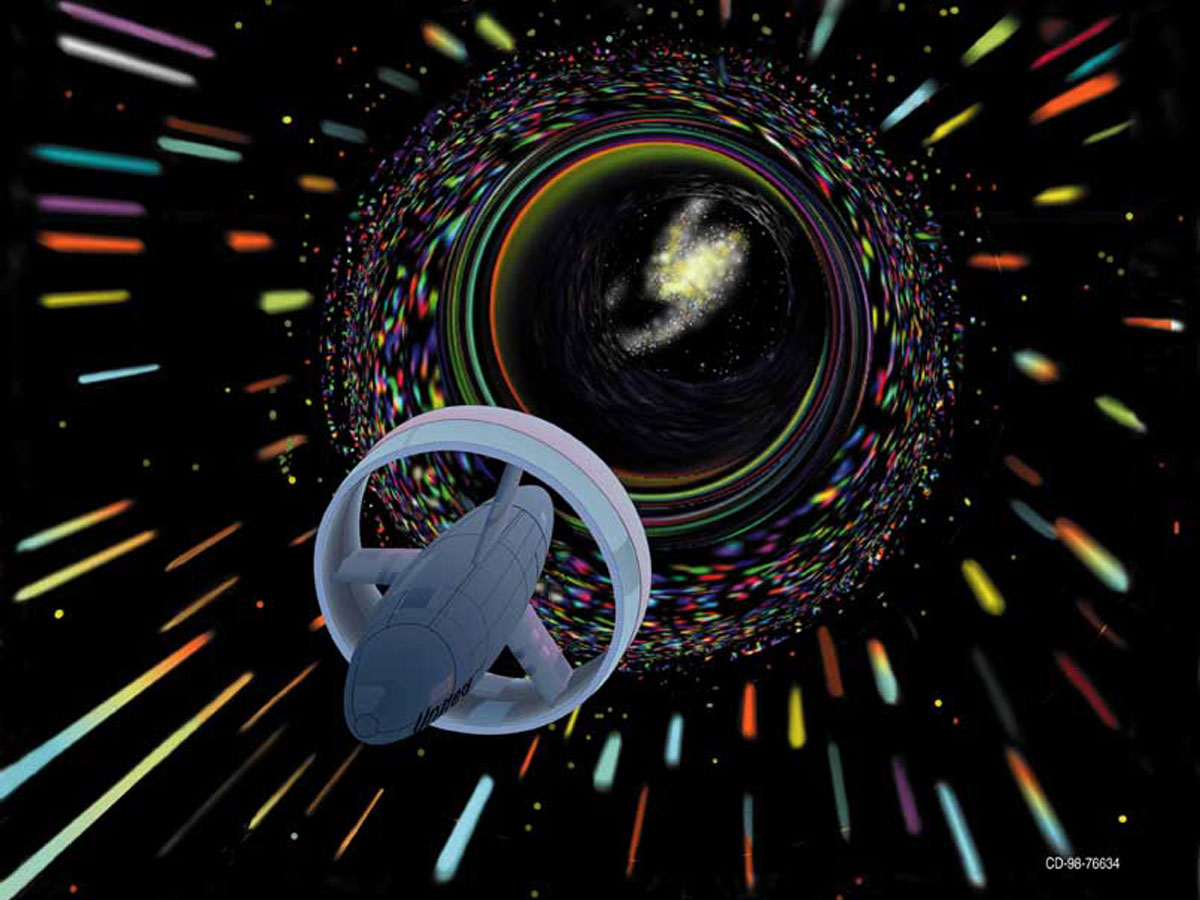
Source: Digital art by Les Bossinas for NASA, via Wikimedia.
Even if we could find a wormhole, it would probably be very difficult to travel through, as it’s believed that wormholes are microscopic in size and collapse quickly. Theoretically, if we were able to stabilize them, wormholes could be teleportation devices and time machines (kind of like the portal that some people think has always existed at Stonehenge).
“The energy necessary to create a wormhole or to wrap time into nuts is incredible. It's not for us. It's maybe for our descendants who have mastered the energy of this technology. So if one day, somebody knocks on your door and claims to be your great great great great granddaughter, don't slam the door.” — Dr. Michio Kaku
In 2012, University of Iowa physicist Jack Scudder discovered evidence of more accessible portals. He identified x-points (or regions of electron diffusion) which, formed by interactions between the Earth and sun’s magnetosphere, marked the openings and closings of portals through space and time. “[X-points] are places where the magnetic field of Earth connects to the magnetic field of the sun, creating an uninterrupted path leading from our own planet to the sun's atmosphere 93 million miles away,” he said.
Scudder’s work led to the Magnetospheric Multiscale Mission, which maps how planets’ magnetic fields transfer energy, as well as observations by NASA’s THEMIS spacecraft and other probes. Together, this research suggests that these x-point portals open and close dozens of times per day. As of now, only electrons seem to be able to travel through them, but even the movement of miniscule electrons can create geomagnetic storms and polar auroras.
Where Conspiracy Meets Research: Is CERN Opening a Portal to the Dark World?
In the hills of Switzerland, scientists might be opening a portal to another world. CERN is a cutting-edge research facility that’s the home of a particle accelerator called the Large Hadron Collider that may be capable of interacting with dark matter, which could possibly be from a parallel universe (or multiverse of sorts). In fact, CERN has already identified a particle, known as the Higgs boson, that could potentially lead to the discovery of dark matter.
The leader of the study and the man partly responsible for finding the particle, Lian-Tao Wang, said, “We know for sure there's a dark world, and there's more energy in it than there is in ours.” He added that the particles that the collider catches could be “coupled to the Higgs boson in some fashion,” making the Higgs boson a “portal to the dark world.”
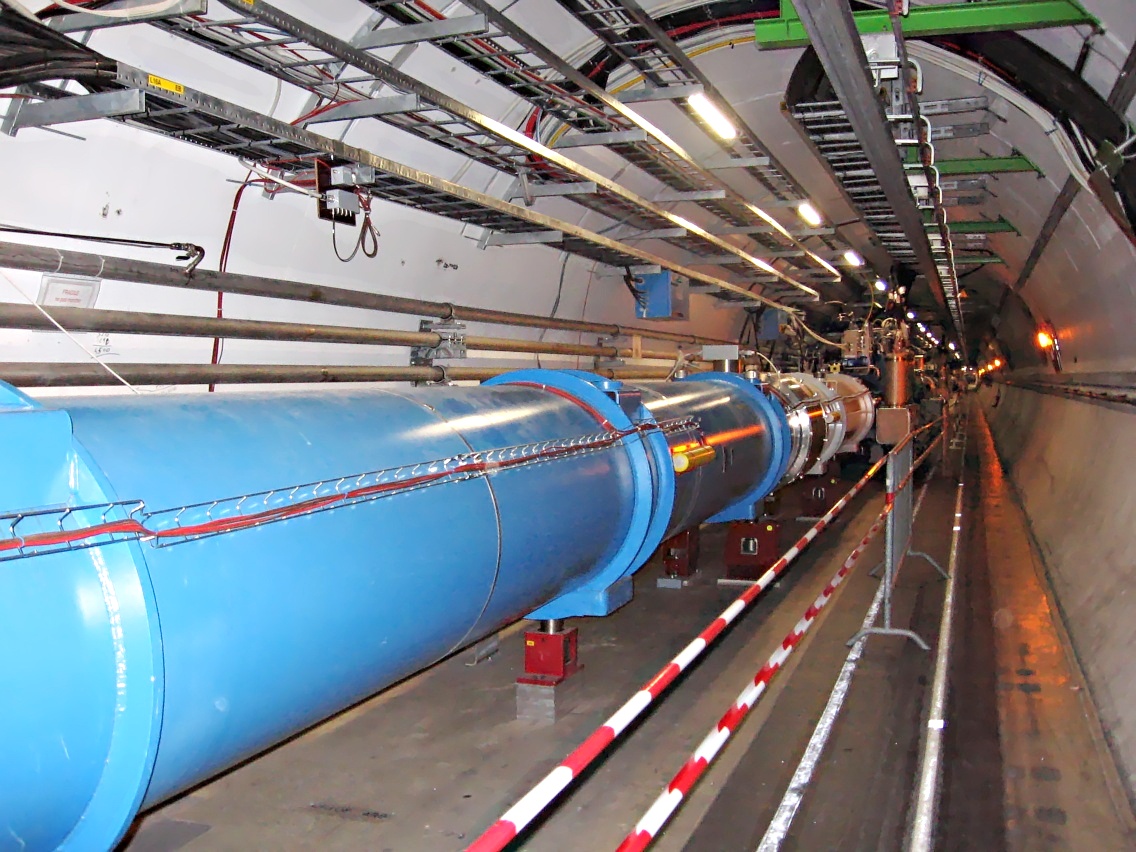
Tunnel of the Large Hadron Collider (Source: Julian Herzog, via Wikimedia Commons)
While CERN is making advances on the deepest questions about the universe’s origins, it has also become the focus of active conspiracy theories. According to one, CERN has already opened up several interdimensional portals. In 2012, another proposed that CERN used one of these portals to let in Biblical monsters called the Nephilim. (Oddly enough, you’ll find mentions of the Nephilim in a lot of portal-related stories, including a few rather outlandish modern interpretations of the Epic of Gilgamesh.)
While there’s no proof of any of this, it’s not hard to understand why people would start to speculate about a mysterious government laboratory that may be opening portals. We’re all obsessed with portals, after all, seeing as how frequently they appear in our stories and myths.
But how do we answer the initial question: Why are we so intrigued by portals in the first place?
Portals and Consciousness: Why Do They Persist in our Minds?
Perhaps we’re not as fascinated by portals themselves as we are by the worlds they promise to lead to. Even though I’m no longer the kid who grew up chasing fairy rings and getting lost in Stonehenge, I know that somewhere in my mind I’m still looking for other fantastical and better realities.
On a larger scale, maybe we can’t help but look for parallel universes for the same reason we practice religion or purchase the next life-changing product. Portals promise transcendence. They promise that there’s something more, perhaps a grand design or some form of discernible meaning. We’d all love to know if there’s something else out there in the starry night, as maybe that something would give us clarity as to why we’re here on Earth at all. Maybe it has roots in psychology, with our mother’s birth canals being primordial kinds of portals, gateways to life itself.
Or maybe we’re just curious creatures. After all, why else did Alice follow the white rabbit? Why else do we look to the sky and feel the desire to travel to distant planets, or seek out mysterious places on Earth, or tell stories about it all?
Ω
Title image: Tunnel with Lights Turned on During Night Time by user Andre Frueh via Unsplash.
